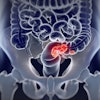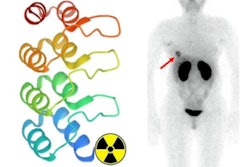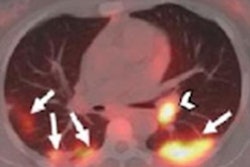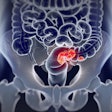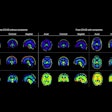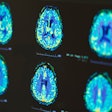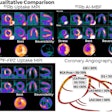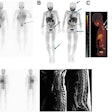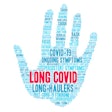Dear Molecular Imaging Insider,
Despite advances in imaging pathology of Alzheimer's disease, reliable diagnosis of cognitive decline in patients in clinical settings remains a critical challenge. That may soon change.
In this edition's Insider Exclusive, we bring you a study by German researchers who suggest the tau-PET tracer flortaucipir is more useful than tracers that image amyloid as a meaningful predictor of clinical progression in patients.
Meanwhile, PET radiotracers are in development for imaging Alzheimer's disease pathology at even earlier stages. Researchers at Imperial College London recently demonstrated their work on a tracer known as carbon-11 BU99008, which can detect astrocyte reactivity, a phenomenon that drives the formation of amyloid plaque.
New radiotracers are emerging in other fields as well, as we reported in the following stories:
- A PET tracer called F-18 fluorocholine guided more curative surgeries than standard imaging in patients with primary hyperparathyroidism.
- A new SPECT tracer based on technetium-99m is safe in patients and can detect metastatic breast cancer -- in a few cases, better than biopsies, according to the Russian researchers who created it.
While not quite novel, FDG-PET/CT imaging continues to suggest an untapped range in helping diagnose and manage cancer treatment in new ways:
- A European group from five countries found FDG-PET/CT is more sensitive for identifying cancer lesions than bone scintigraphy.
- FDG-PET/CT predicted survival in patients with pancreatic cancer early after the start of chemotherapy, according to a group at the University of California, Los Angeles.
- Prior to surgery, FDG-PET/CT can identify lung cancer patients who may be at higher risk of developing advanced disease.
- FDG-PET/CT may help predict outcomes in patients on immunotherapy for head and neck cancer, according to recent research.
Finally, as the COVID-19 pandemic continues, molecular imaging is revealing why it is an unmatched modality for diagnosing inflammation and infection. Researchers in New York City drew on imaging performed at the height of the pandemic there to show FDG-PET/CT can predict the severity of COVID-19 infection.
Be sure to check back regularly for more news in your Molecular Imaging Community!


